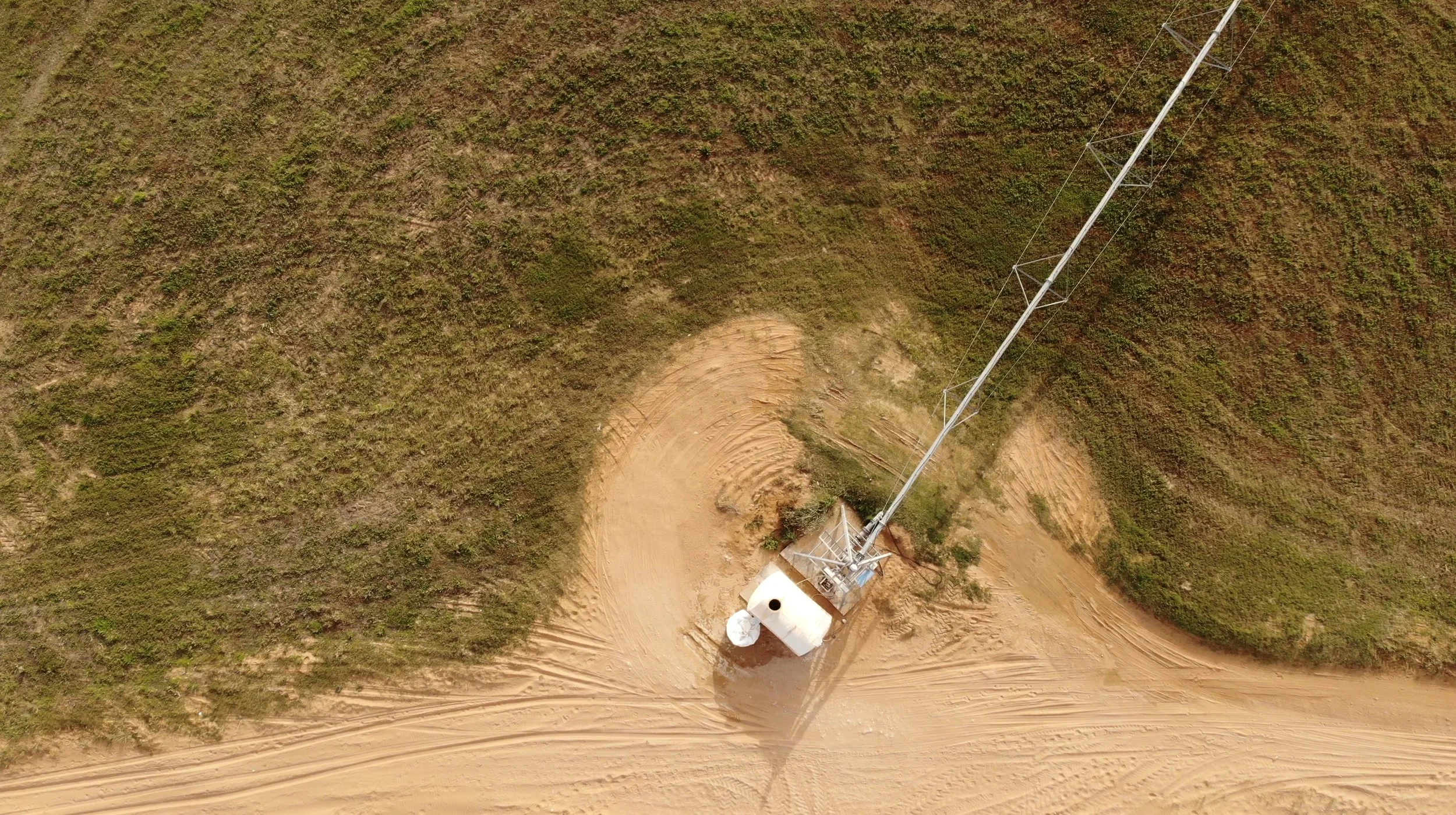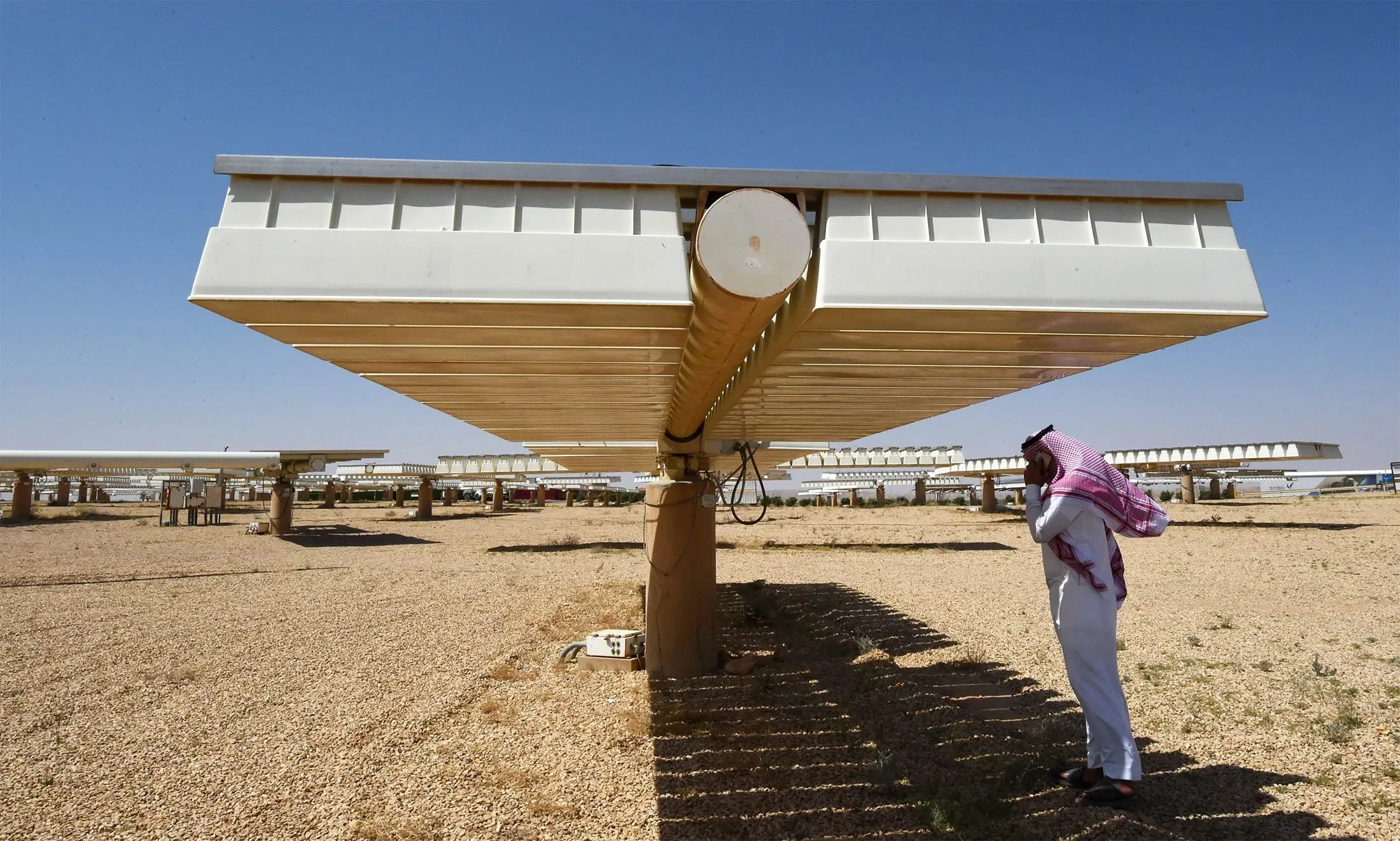
Saudi Arabia’s Quiet Revolution:
How the Kingdom is Rapidly Scaling Renewables
By Charles Phillips
29 August 2025
In July 2025, Riyadh finalized one of the largest renewable energy deals in the world, committing to develop 15 gigawatts (GW) of new solar and wind projects as part of one consolidated deal. Valued at USD$8.3 billion, this package includes some of the largest solar plants ever built and is more than the entire renewable energy capacity of Morocco and Egypt combined.
The move is part of a broader transformation underway in Saudi Arabia to scale up renewables rapidly. While the Kingdom is recognized as a leading oil producer, its clean energy progress has so far received relatively little international attention. This transformation will likely come as a surprise to many in the global climate community, where skepticism towards Saudi ambitions remains high. Yet the country’s renewables build-out is accelerating at a pace that has gone largely unnoticed, putting it among the fastest-scaling countries worldwide.
Why It Matters
The 15 GW deal is significant for three reasons. Firstly, it signals the country’s renewables ambitions have entered a new phase: from ambitious targets to execution at scale. This deal moved 15 GW of projects from planned to under development in a single move. Secondly, it is a milestone for both the region and the global renewables landscape. Benchmark projects like Morocco’s 580 megawatt (MW) Noor Ouarzazate complex and the UAE’s 2 GW Al Dhafra solar plant have attracted wide praise. Saudi Arabia’s new package dwarfs these. It includes two single-site solar projects of 3 GW each, which, once built, will rank among the world’s largest. Thirdly, it indicates that Saudi Arabia has significantly improved its institutional capability to plan, finance, and award major projects on timelines previously thought unlikely in the Kingdom.
This last point is key. Saudi Arabia’s ability to execute at such scale rests on the institutional foundations built over the past five years. Between 2020 and 2022, the power sector was restructured to consolidate the procurement process and streamline project execution. Today, two entities oversee the development of all grid-connected renewables projects: the Ministry of Energy, which sets policy under the National Renewable Energy Program (NREP), and the Saudi Power Procurement Company (SPPC), the “Principal Buyer,” which is responsible for getting projects built. SPPC runs competitive tenders in which companies bid to build, own, and operate solar and wind plants. It then signs long-term Power Purchase Agreements (PPAs) to buy the electricity, giving developers guaranteed income and reducing investment risk.
To deliver at speed, the country has also adopted a hybrid development model that blends competition with state-led execution. Approximately 30% of capacity is awarded through open competitive tenders, which have attracted companies like EDF and Masdar. This has produced some of the world’s lowest electricity prices - as little as 1 US cent per kilowatt-hour. The remaining 70% is developed through the Public Investment Fund (PIF) - Saudi Arabia’s sovereign wealth fund - via entities like ACWA Power and Badeel. While PIF-led projects are not open to broader market competition, SPPC still acts as the electricity buyer, ensuring they operate under the same PPA framework. This dual-track system balances the efficiency of competitive markets with the scale and speed of state-backed development, enabling Saudi Arabia to push projects forward rapidly while maintaining strong oversight.
A solar power facility near Riyadh. Saudi Arabia has some of the highest solar irradiance levels in the world, making it one of the most promising regions for large-scale solar power. Photographer: Fayez Nureldine/AFP via Getty Images
Progress to Date
Saudi Arabia has gone from 5GW to nearly 60 GW in its renewables pipeline in just five years — a pace few expected. Before 2020, Saudi Arabia had no large-scale renewable power plants. Yet as of July 2025, it had developed a project pipeline totaling 58.7 GW. Of this, 10.2 GW were already installed across 14 grid-connected plants. Another 28.5 GW were under development, and 13.5 GW were under tender. Beyond this, 6.4 GW of off-grid projects were underway at NEOM and Red Sea Global’s tourism sites. The national target is for 50% of electricity to come from renewables by 2030. To reach that target, the Energy Minister has said between 100 GW and 130 GW of renewable installed capacity will be needed by 2030, depending on electricity demand growth.
Why Renewables, and Why Now?
Overlapping economic, climate, and geopolitical motivations are driving the country’s clean energy shift, anchored in its Vision 2030 transformation strategy.
While the country remains the world’s second-largest producer and exporter of oil, an expansion of renewables allows it to free up more oil for export and conversion into higher-value petrochemicals, while also powering new industries such as electric vehicles, data centers, and clean manufacturing. By expanding low-cost domestic renewables, the Kingdom strengthens its economy while preparing for a future where oil demand may plateau.
In 2021, the Kingdom launched the Saudi Green Initiative and pledged to reach net zero by 2060. Expanding renewables reduces the carbon footprint of its power sector, a critical step toward meeting these targets.
Beyond its borders, Saudi Arabia is also positioning itself to remain a global energy leader in a decarbonizing world. Large-scale renewables lay the foundation for the Kingdom’s bid to export green hydrogen, which could become a key pillar of global clean energy supply chains.
By investing at scale in renewables, Saudi Arabia is hedging its bets. It is not turning away from oil but preparing for a future where it may play a smaller role in the global economy. The country’s strategy is to diversify and decarbonize its domestic economy while continuing to export oil for as long as international demand persists.
To achieve net zero by 2060, Saudi Arabia’s total electricity demand would be double what is expected under current policies. Solar PV capacity alone would need to expand to around 520 GW by 2060
Ambitions Beyond the Grid
The Kingdom’s clean energy ambitions extend beyond its national grid. NEOM is building the world’s largest green hydrogen plant, which, when operational, will be powered by 2.2 GW of solar and 1.6 GW of wind. Now 80% complete, this is expected to start producing green ammonia for export by 2027. In July 2025, a second large-scale green hydrogen project was announced for Yanbu Industrial City, scheduled to come online by 2030. In the same month, ACWA Power signed agreements with several European companies to study the feasibility of exporting renewable electricity from Saudi Arabia to Europe, potentially via subsea cables.
The Kingdom is also building significant battery energy storage, with 30 gigawatt hours (GWh) already in its project pipeline and 48 GWh targeted by 2030. The 2.6 GWh Bisha project, completed in early 2025, marked the world’s largest single-phase battery energy storage system.
Looking Ahead
The energy transition in Saudi Arabia remains in its early stages, with renewables accounting for just under 10% of total generation capacity, according to the latest estimates. Yet the foundations are now in place to support significant domestic decarbonization. To reach its net-zero by 2060 target, the Kingdom will need even greater ambition. Modelling by KAPSARC shows that to achieve net zero by 2060, Saudi Arabia’s total electricity demand would be approximately double what is expected under current policies. Meeting this significantly higher demand requires a radical expansion of renewable energy sources. Solar PV capacity alone would need to expand to around 520 GW by 2060, supplying roughly 75% of the Kingdom's total electricity generation.
The country’s quiet renewables revolution is underway, with 10.2 GW already delivered and another 15 GW awarded in a single move. If the current momentum continues, it could reshape how the world sees the Kingdom: not only as an oil giant, but also as an emerging clean energy leader. Underscoring this momentum, the Energy Minister quipped after the 15 GW deal: “Catch us if you can.”
Charles Phillips is an independent consultant specialising in sustainable development in Saudi Arabia.




